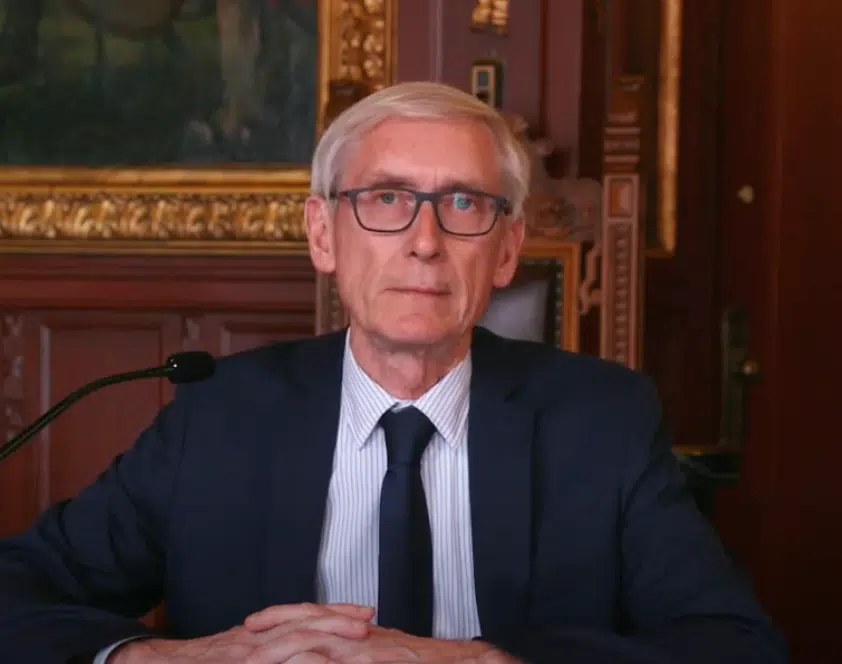
Wisconsin’s heavily-debated redistricting process entered a new phase Thursday, when the governor followed through on his promise to veto new political maps.
Ever since Republican legislative leaders unveiled the new voting-district boundaries, Democrat Tony Evers has insisted they are largely unchanged from the 2011 maps considered extremely gerrymandered.
The move likely sets up court action to make final determinations.
Bob Maline, volunteer for the grassroots group Western Wisconsin for Nonpartisan Voting Districts, said in the meantime, Wisconsin voters should keep pressing lawmakers to hold hearings for a bill to create an independent redistricting commission.
“The train for this year has left the station; those maps are going to be decided in the courts,” Maline observed. “But we need that nonpartisan commission now, while there’s still momentum and awareness.”
He said by having the new approach in place by the 2030 Census, the state could avoid another protracted fight leaving constituents behind. Republicans, who control the process because of their legislative majorities, insist their methods in creating the maps were fair and legal, and included efforts to gather public feedback.
Maline pointed out there are many reasons for people to push for politics to be removed from redistricting, including better representation for marginalized communities.
Ultimately, he feels changing the process would diffuse a lot of the citizen anger seen today, and thinks many voters have been turned off by elected officials favoring self-preservation over a healthy democracy.
“Each person gets a vote and each vote counts the same,” Maline noted. “And that’s where gerrymandering goes wrong.”
It’s unclear yet exactly how the current redistricting process will play out in the legal system. Political experts say as it stands now, Republicans do not have enough votes to override the governor’s veto.











